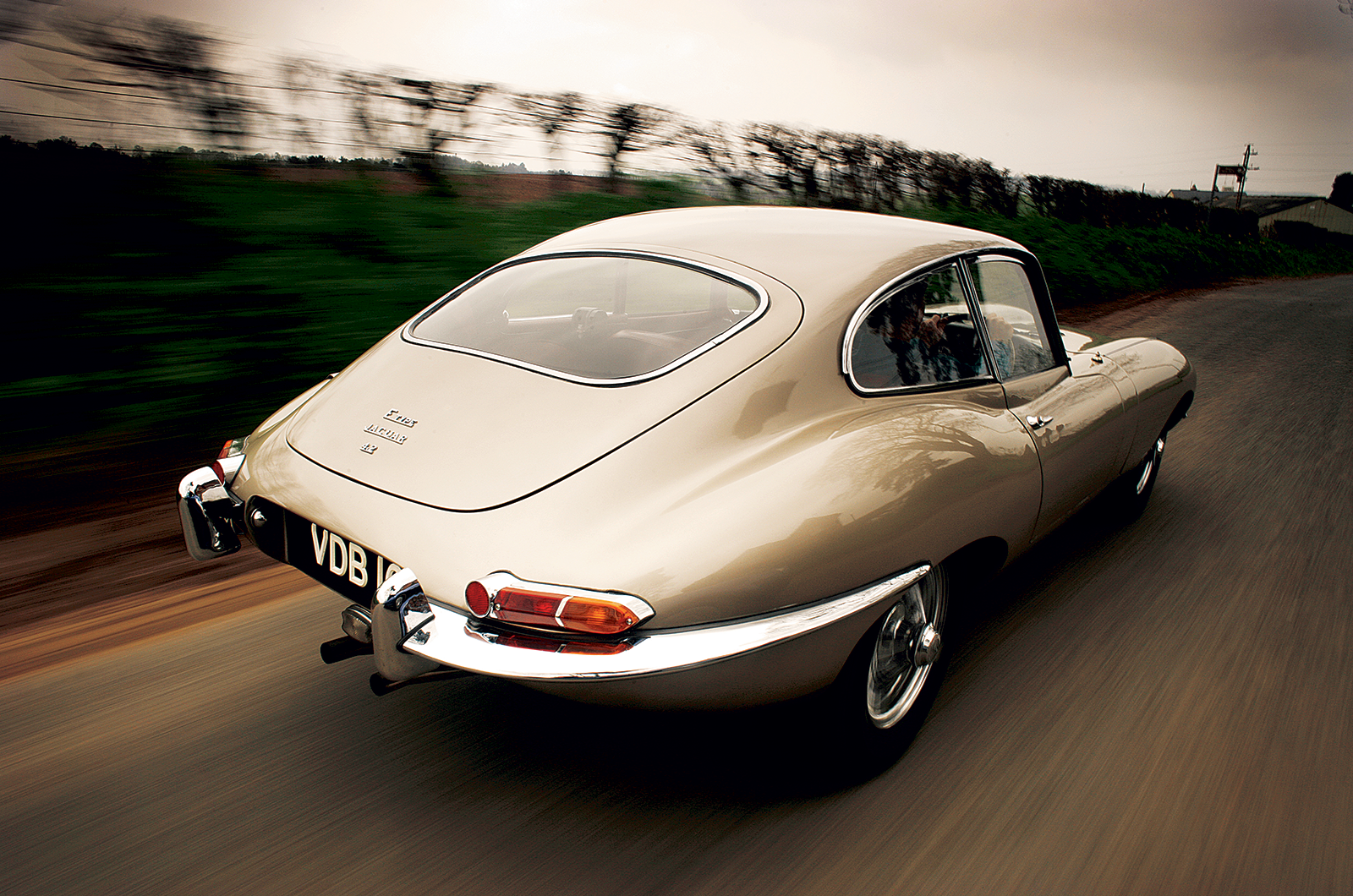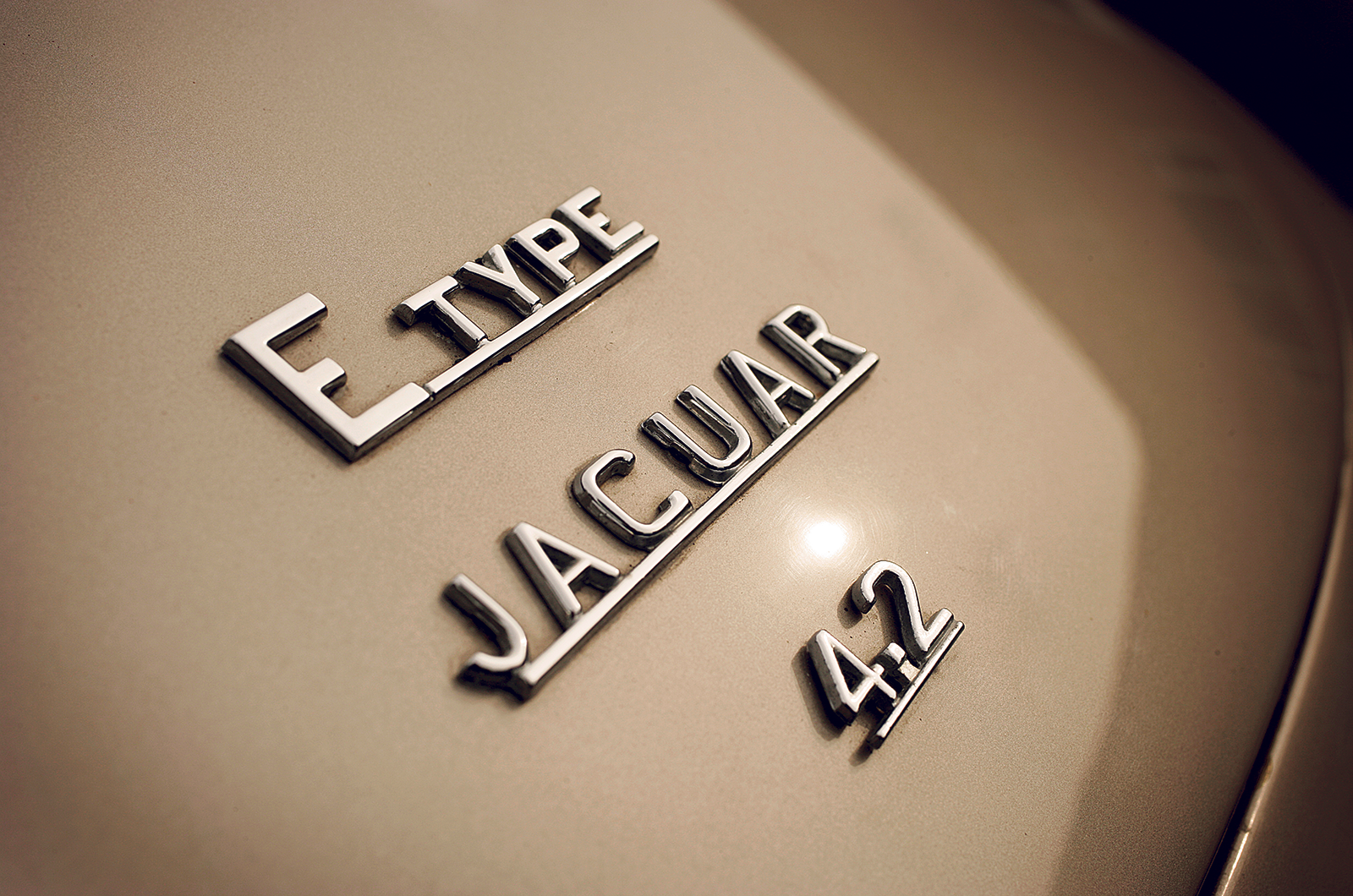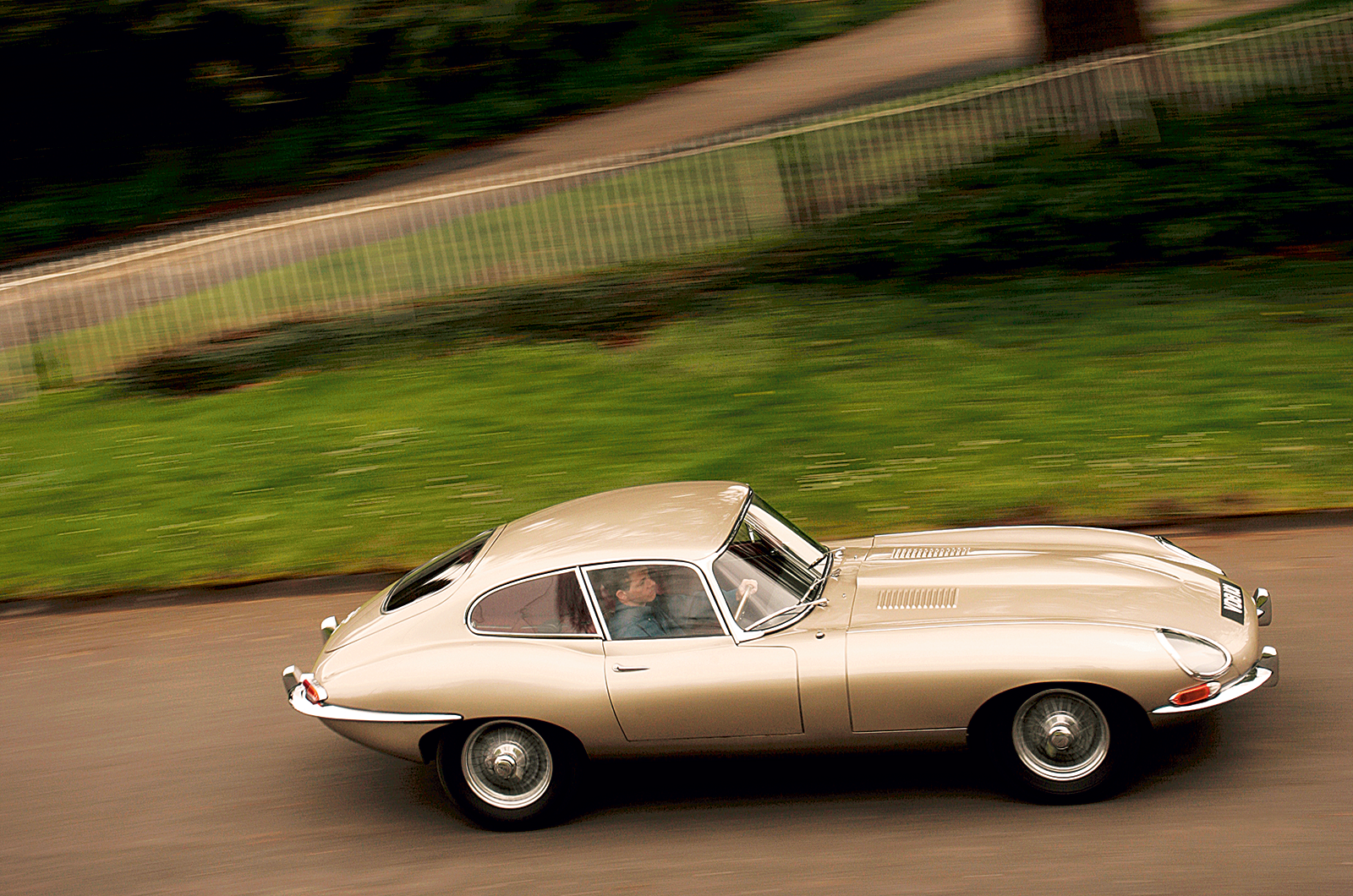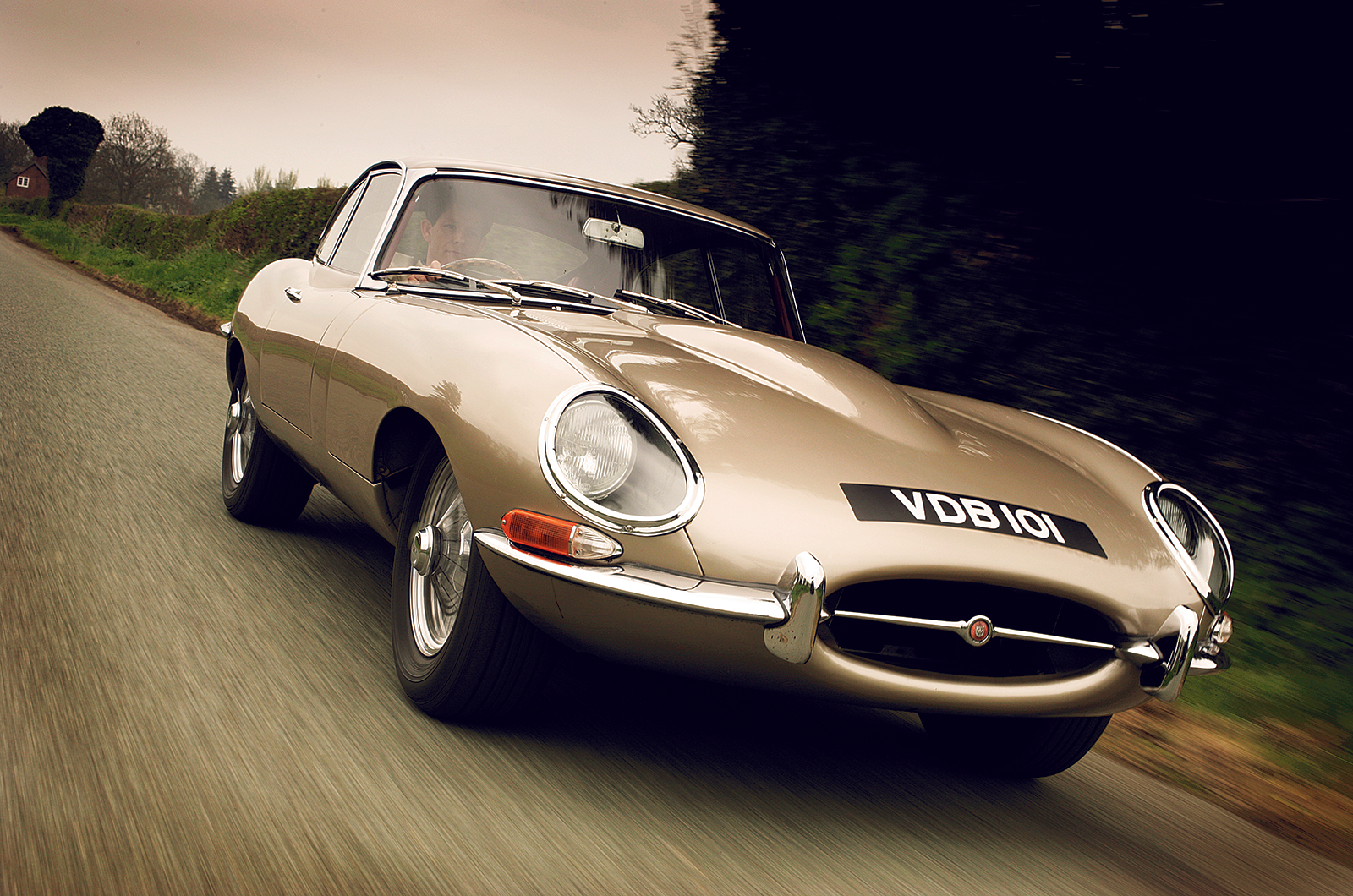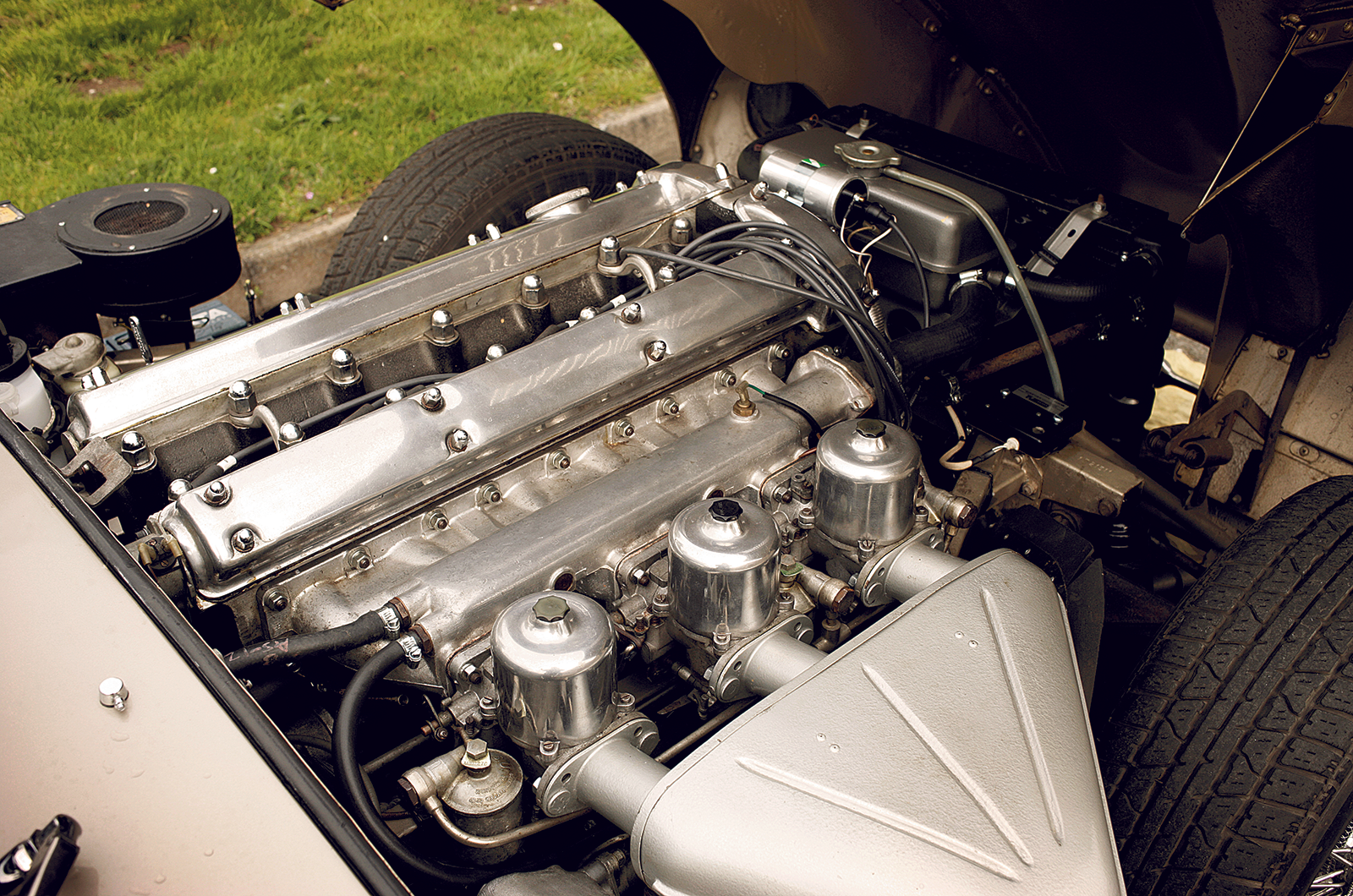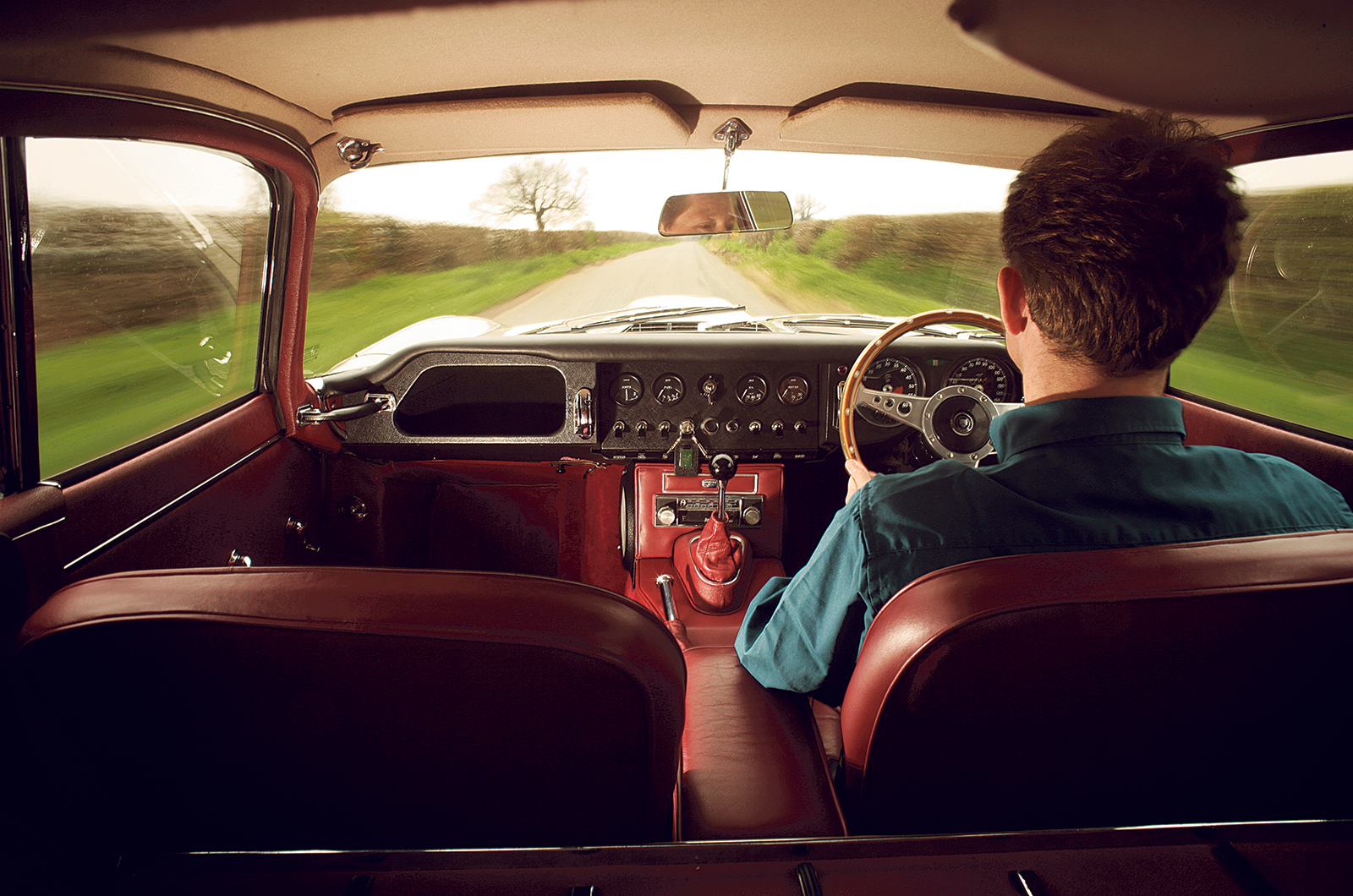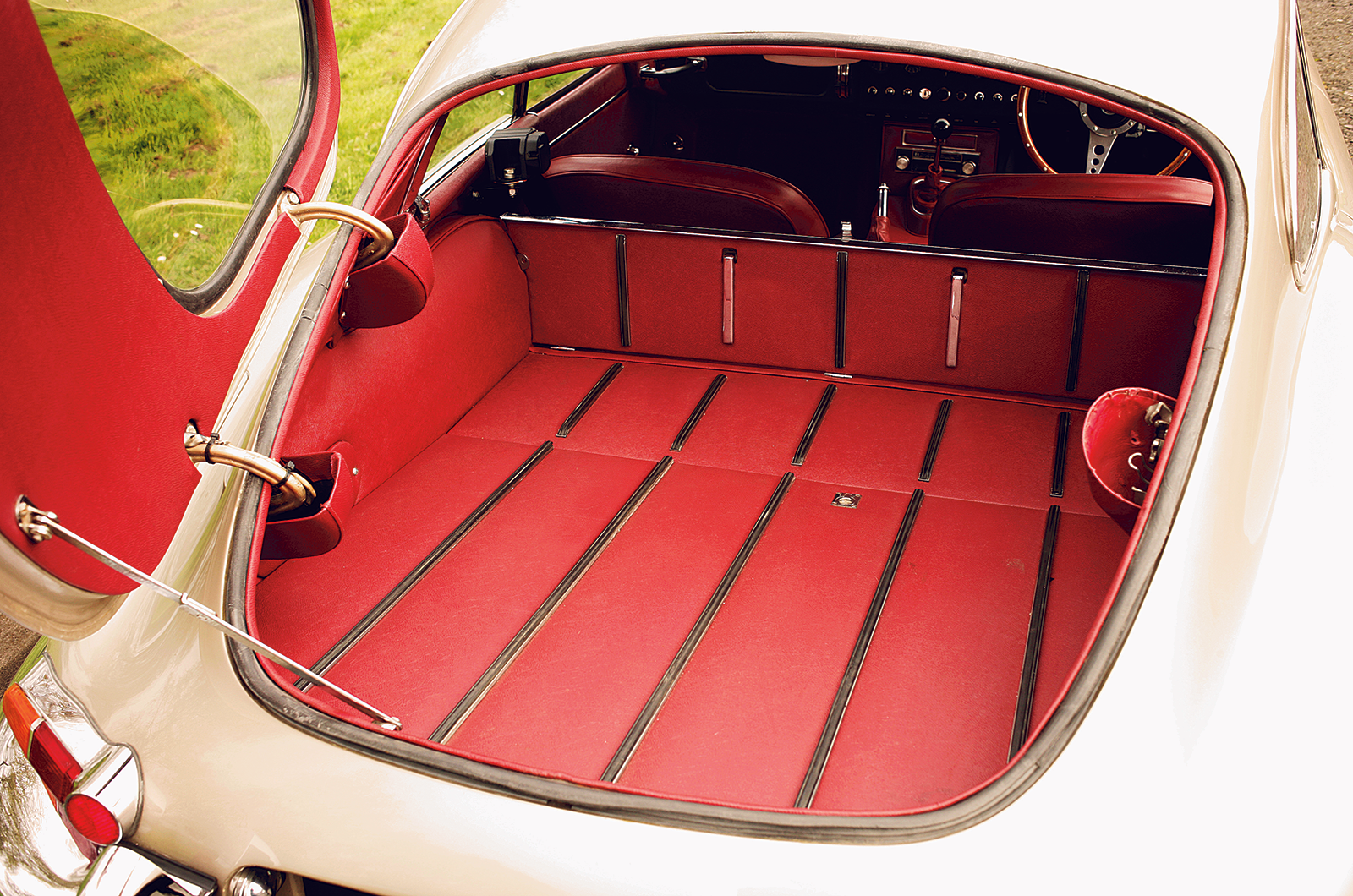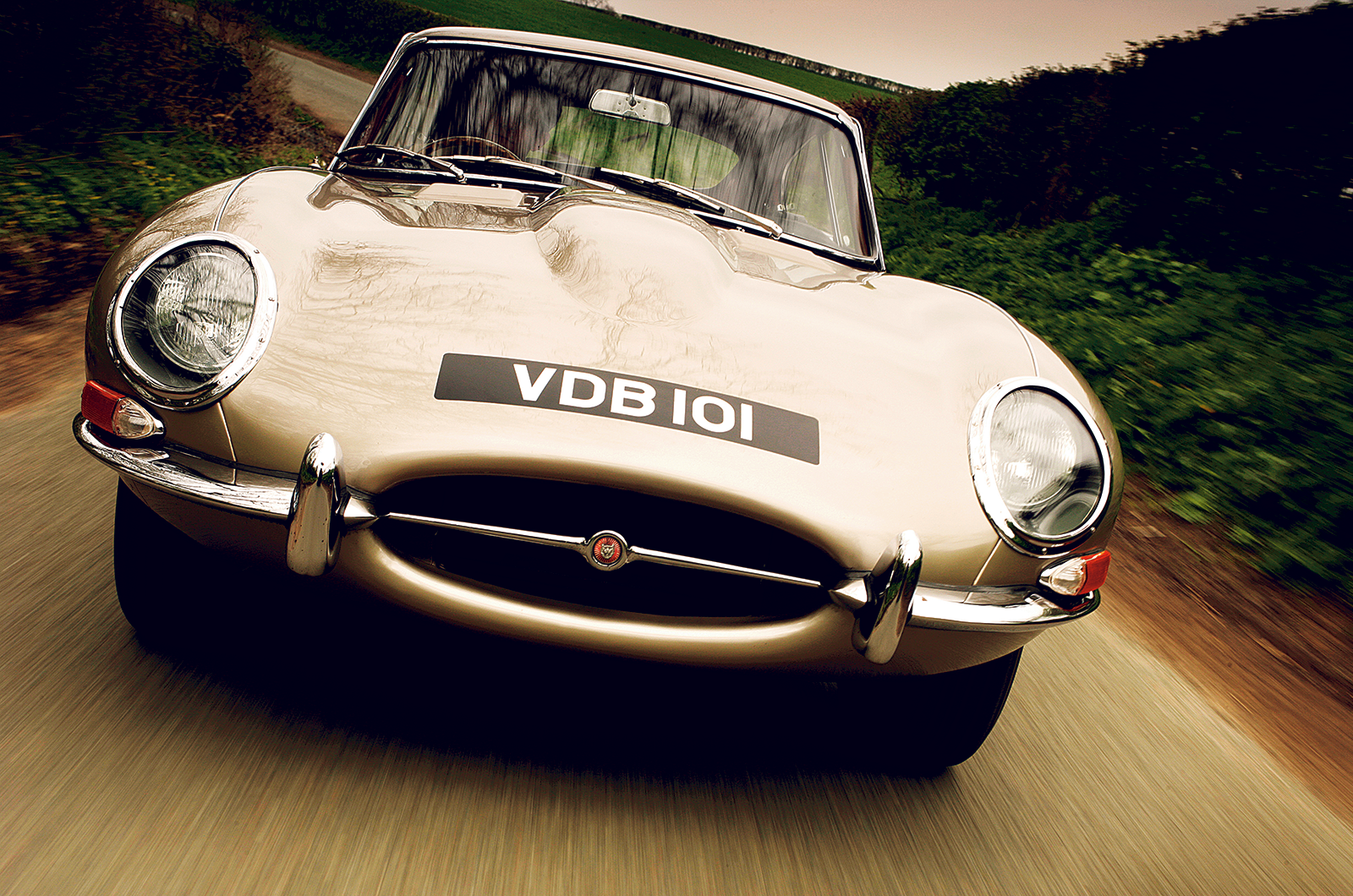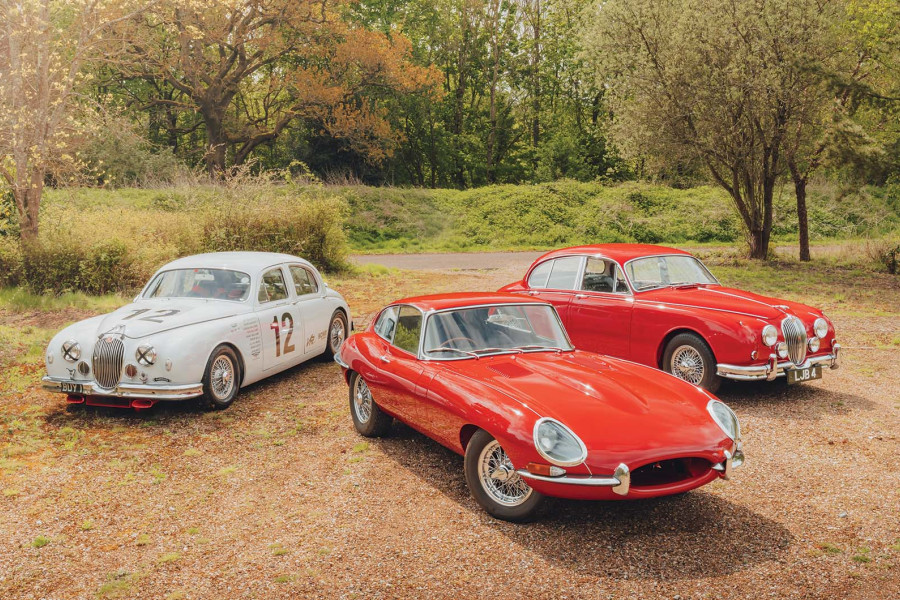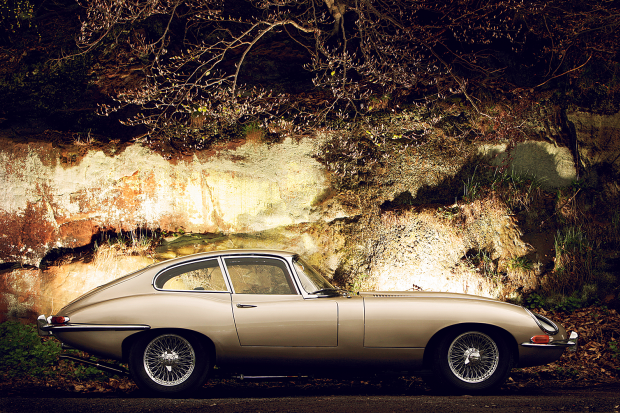
Knowledge is a competitive sport: rarely more so than in a specialist field and never more than when traversing the pencil-thin lines between different degrees of brilliance.
Whatever the subject, sit a handful of enthusiasts in a pub, drip-feed them a couple of pints and their conversation will play out thus: first comes the accepted view, based on a combination of conventional wisdom and limited personal experience; then there is the cognoscenti choice, founded on a mix of slightly more information and pragmatism but, more importantly, demonstrating a greater knowledge than the previous speaker.
With the obvious options out of the way, player three will forlornly try to play a credible joker, a slightly more ‘difficult’ or purist choice that challenges the received wisdom and that they will justify at length, but whose real purpose is merely to demonstrate that they are able to mention something that no-one else has to date.
A fiver says that if the topic put to our pub sages was the greatest Rolling Stones albums, the names would tumble out thus: Let it Bleed, then Beggars Banquet and finally Exile on Main St.
If the subject is the Jaguar E-type, the world’s most recognisable, most iconic classic car, odds-on the order would be: S1 roadster, S1 4.2 fixed-head coupé, ‘flat-floor’ S1 3.8.
Three early cars? Well, is anyone outside of ‘Trump’-land really going to argue for the S3?

